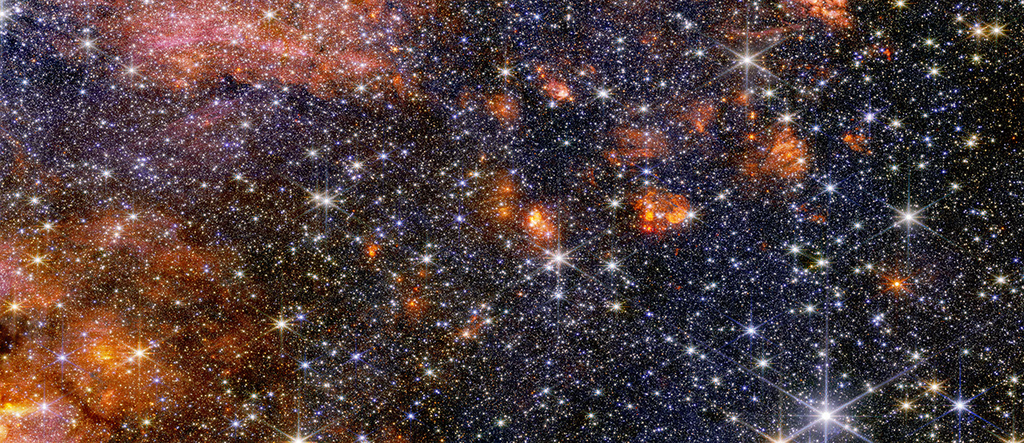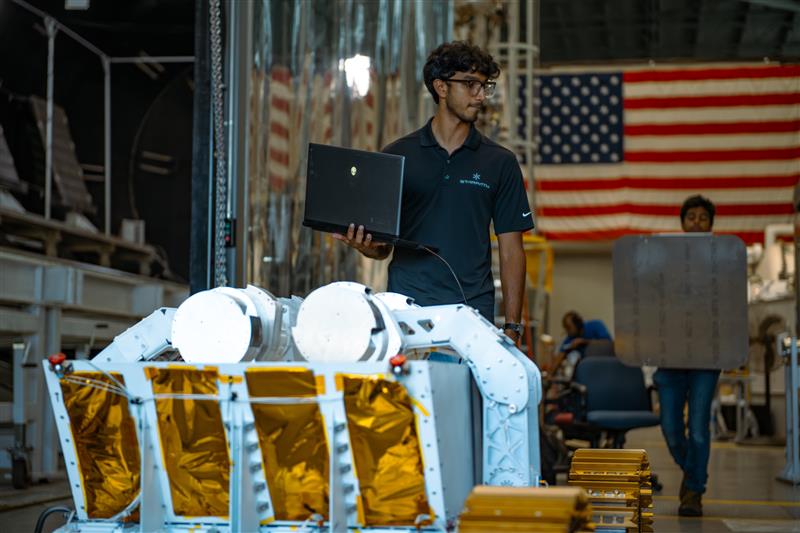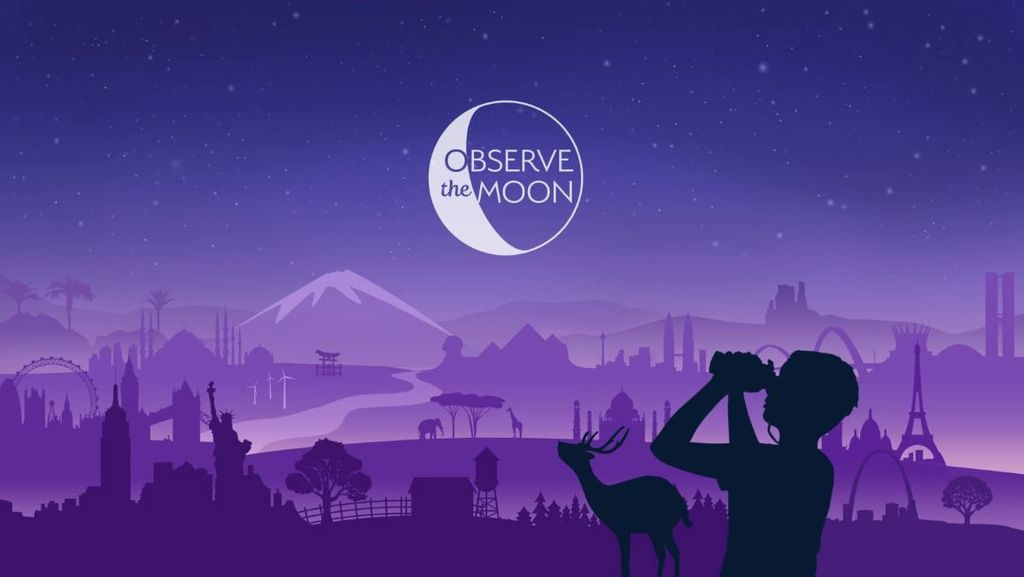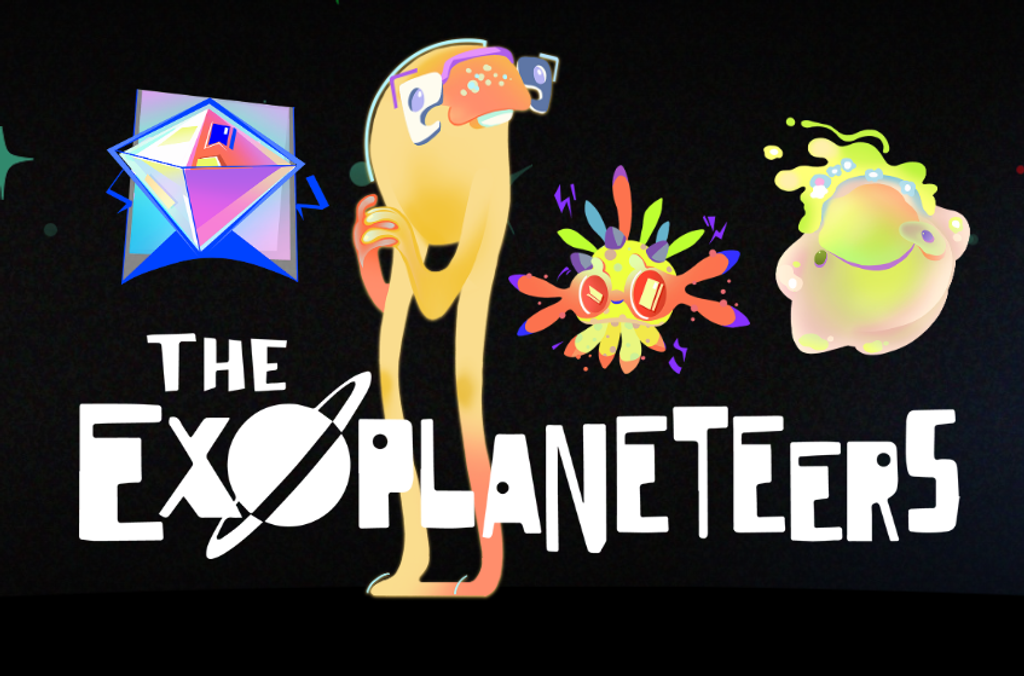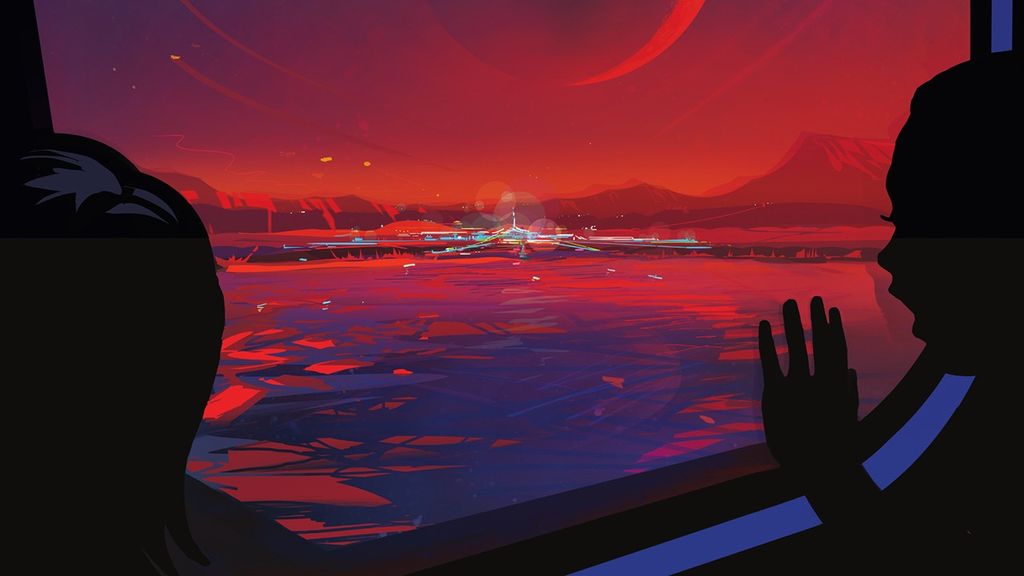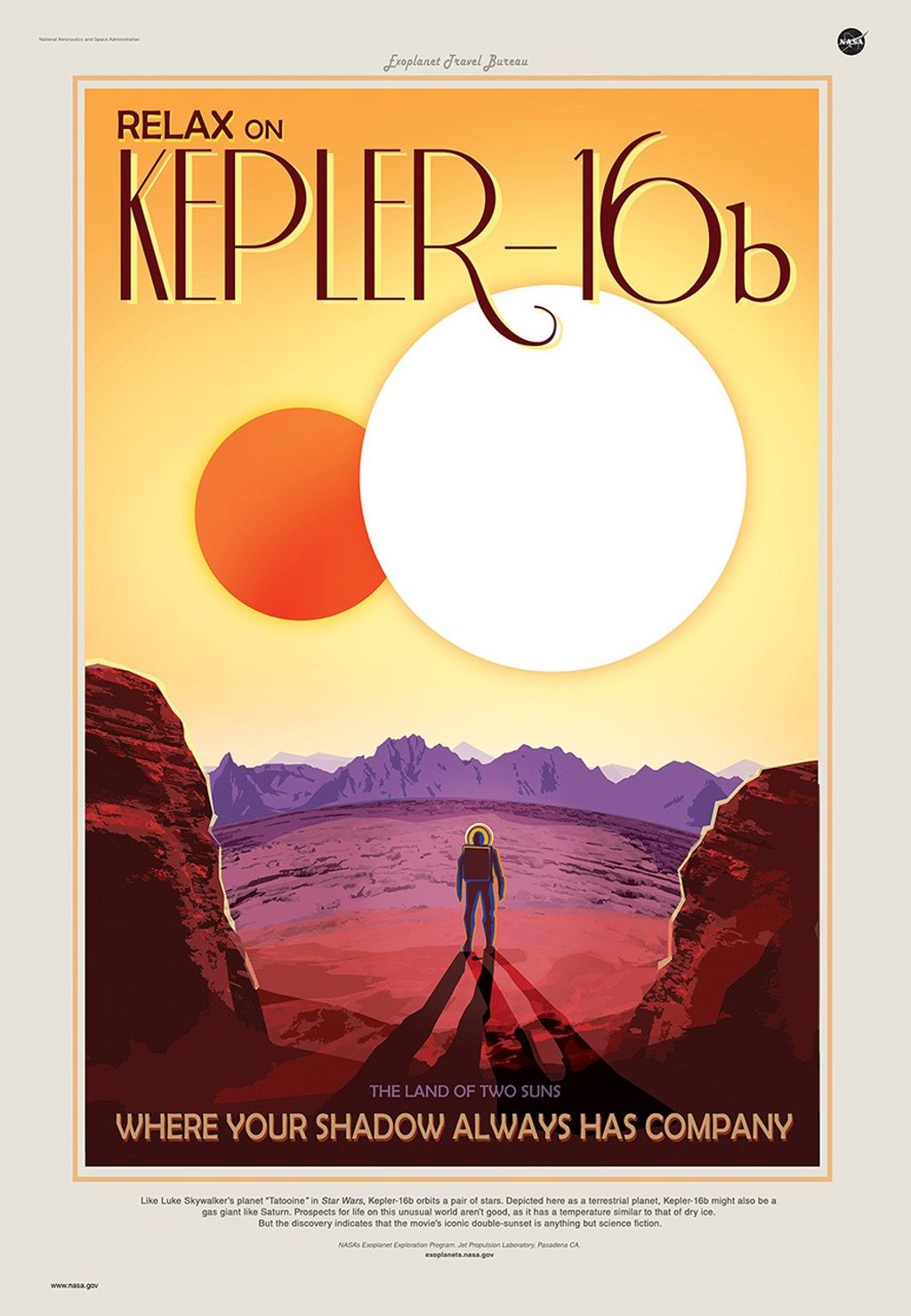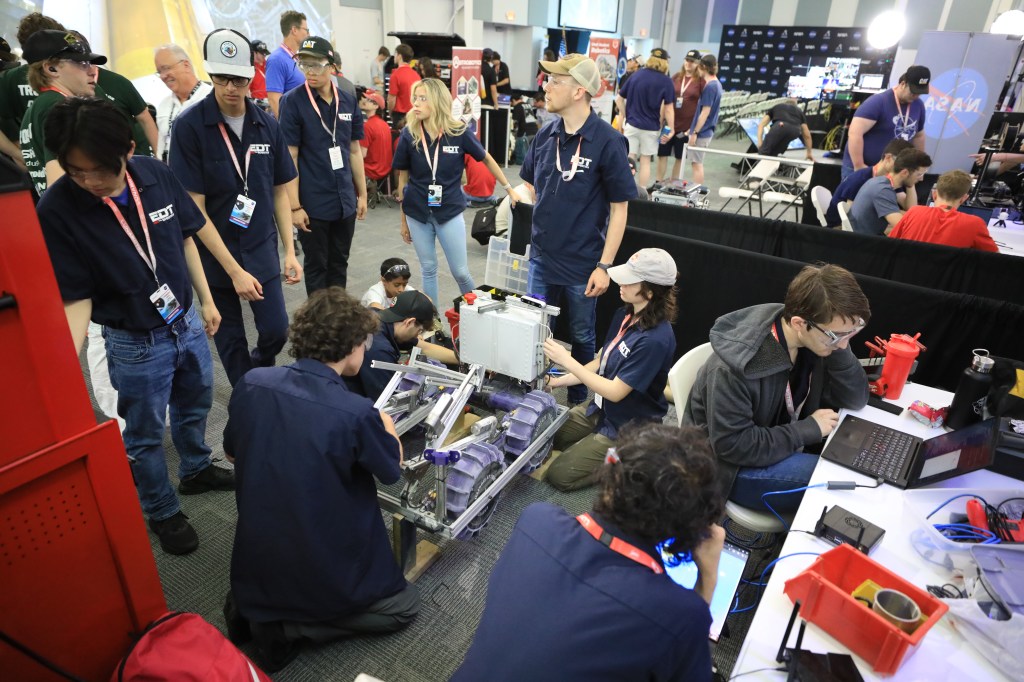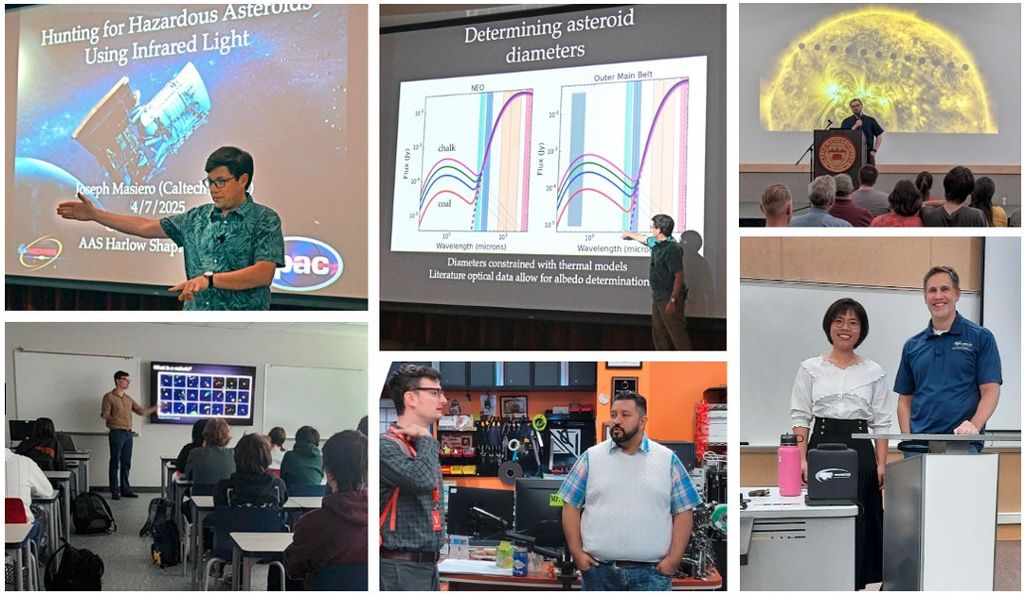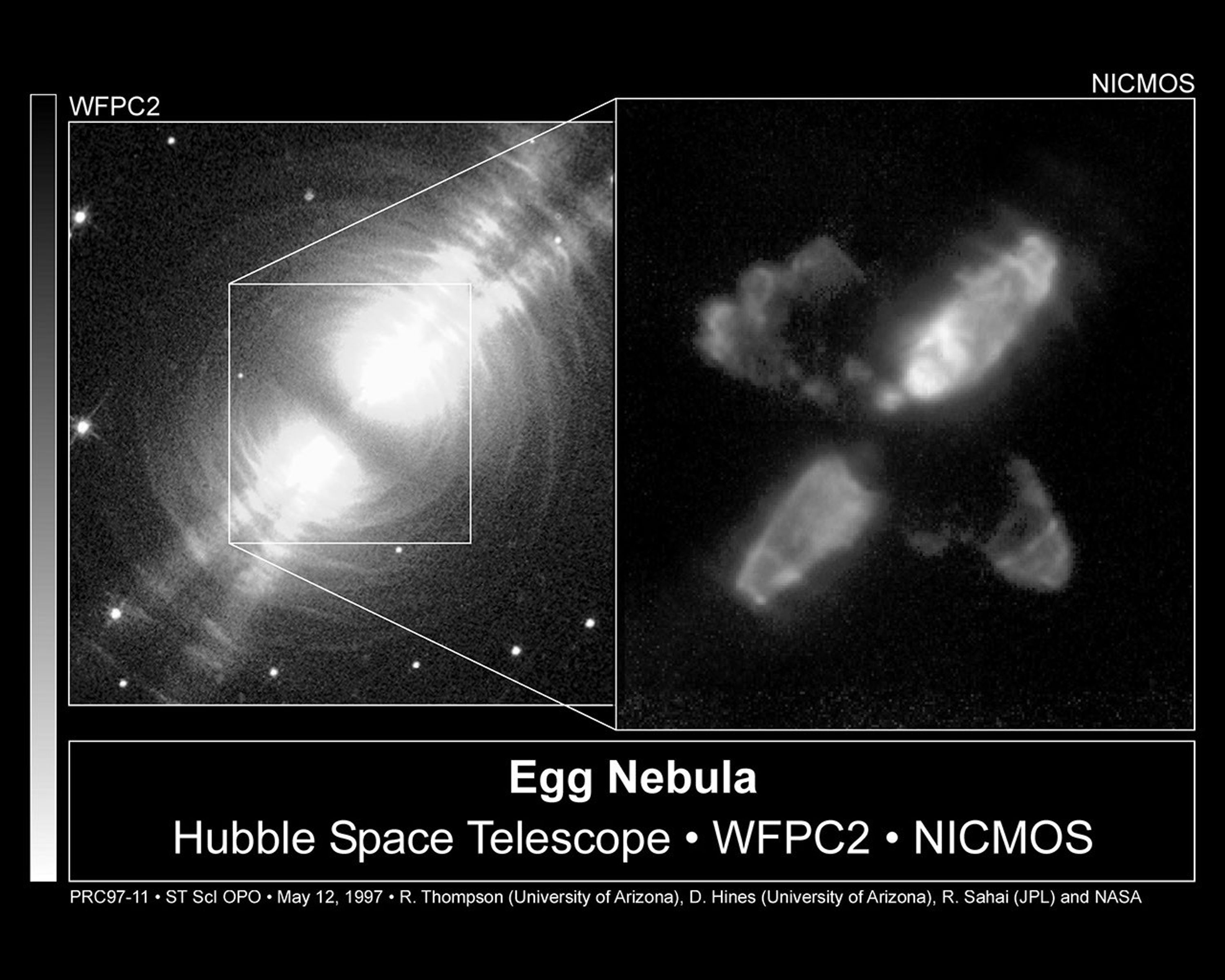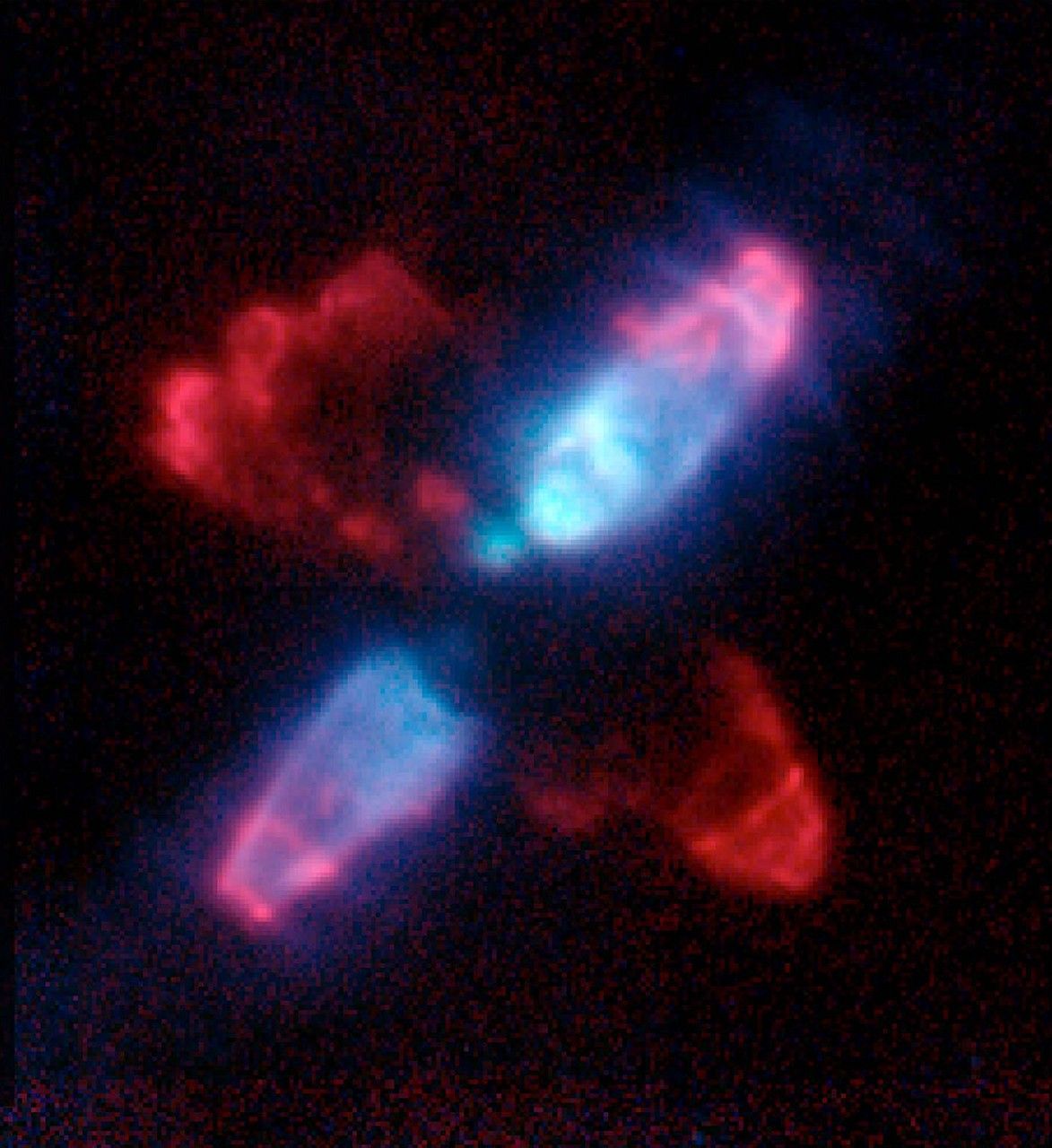Three months after an orbital house call by astronauts, new instruments aboard NASA's Hubble Space Telescope are helping astronomers probe the universe in greater detail than ever before.
New data released by NASA today include direct evidence of a supermassive black hole and remarkable new details on the explosive life cycle of stars. NASA also reported that all new Hubble instruments and upgrades are generally performing well.
"We're extremely excited about the quality and precision of the images from Hubble," said Wes Huntress, NASA Associate Administrator for Space Science. "Following check-out of the instruments, Hubble will return to full science operations, and we can expect a continuing flow of new and exciting discoveries."
These initial results clearly demonstrate the ability of the new instruments to fulfill their science goals with the Hubble Telescope, say project astronomers. Project officials are pleased to report that other instruments and electronics installed during the second servicing mission are performing well.
AMONG HUBBLE'S RECENT OBSERVATIONS
Jets and Gaseous Disk Around the Egg Nebula: A new infrared instrument peered deep into the dust-obscured central region around a dying star embedded in the Egg nebula. A nebula is a cloud of dust and gas 3,000 light years from Earth. The new images provide a clear view of a twin pair of narrow bullet-shaped "jets" of gas and dust blasted into space. The instrument, called the Near Infrared Camera and Multi-Object Spectrometer, also revealed an unusual scalloped edge along a doughnut-shaped molecular hydrogen cloud in the nebula.
Because we can now see these 'missing pieces' in infrared and visible light, we have a more complete view of the dynamic and complicated structure of the star," said Rodger Thompson of the University of Arizona, Tucson, the principal investigator for the infrared instrument. "It also allows us to see a 'fossil record' of the star's late evolutionary stages."
Unveiling Violent Starbirth in the Orion Nebula: The new infrared instrument penetrated the shroud of dust along the back wall of the Orion nebula, located in the "sword" of the constellation Orion. Data revealed what can happen to a stellar neighborhood when massive young stars begin to violently eject material into the surrounding molecular cloud. Although ground-based infrared cameras have previously observed this hidden region known as OMC-1, the Hubble's new instrument provides the most detailed look yet at the heart of this giant molecular cloud. Hubble reveals a surprising array of complex structures, including clumps, bubbles, and knots of material. Most remarkable are "bullets" composed of molecular hydrogen - the fastest of which travels at more than one million mph (500 km/s). These bullets are colliding with slower-moving material, creating bow shocks, like a speedboat racing across water.
Monster Black Hole in Galaxy M84: In a single exposure, a new powerful instrument called the Space Telescope Imaging Spectrograph discovered a black hole at least 300 million times the mass of the Sun. The spectrograph made a precise observation along a narrow slit across the center of galaxy M84, located 50 million light-years away. This allowed the instrument to measure the increasing velocity of a disk of gas orbiting the black hole. To scientists, this represents the signature of a black hole, among the most direct evidence obtained to date. Due to their nature, it's impossible to directly photograph black holes. Scientists must instead look for clues to show the effects of black holes on surrounding dust, gas and stars.
"Hubble proved the existence of supermassive black holes three years ago," said Bruce Woodgate of the Goddard Space Flight Center, Greenbelt, MD, and principal investigator for the new spectrograph. "With this new instrument, we can do it 40 times faster than we used to."
Composition and Structure of the Ring Around Supernova 1987A: The new spectrograph also provides an unprecedented look at a unique and complex structure in the universe - a light-year-wide ring of glowing gas around Supernova 1987A, the closest supernova explosion in 400 years. The spectrograph dissects the ring's light to tell scientists which elements are in the ring and helps paint a picture of the physics and stellar processes which created the ring. This gives astronomers better insight into how stars evolve and become a supernova, and into the origin of the chemical elements created in these massive explosions.
Hubble Status: NASA project officials are encouraged that a problem detected earlier with one of the cameras on the infrared instrument has shown some improvement. The problem stems from the unexpected movement of the dewar - an insulated vessel containing solid nitrogen at extremely cold temperatures. After launch, the nitrogen expanded more than expected as it warmed, moving the dewar into contact with another surface in the mechanism and pushing one of the cameras out of its range of focus. The camera has moved back about one-third of the distance required to be within reach of the instrument's internal focusing mechanism. This is because the dewar is "relaxing" toward its normal state, as pressure caused by the expansion of the nitrogen is reduced. The ice keeps the sensitive infrared detector cooled. Project officials also are considering how to deal with unexpected, excessive coolant loss.
"We are anticipating a shorter lifetime for the instrument, but we don't know how much shorter," said Goddard Hubble Project Scientist David Leckrone. "We are taking steps to work around the problem, and will increase the percentage of time this instrument will be used."
NASA officials also report that other upgrades to Hubble are performing well, including the newly installed solid state recorder, fine guidance sensor and solar array drive electronics. The solid state recorder has significantly improved data storage and playback, and the new fine guidance sensor is by far the best of the three on Hubble.
The Space Telescope Science Institute is operated by the Association of Universities for Research in Astronomy, Inc. (AURA), for NASA, under contract with the Goddard Space Flight Center. The Hubble Space Telescope is a project of international cooperation between NASA and the European Space Agency (ESA).
BACKGROUND INFORMATION: HUBBLE'S NEW INFRARED EYES PEER INTO THE HEAR OF A DYING STAR
The Hubble Space Telescope's Near Infrared Camera and Multi-Object Spectrometer (NICMOS)has peered into the dust-obscured heart of the Egg Nebula, revealing a detailed portrait of a star's last gasps.
The Egg Nebula, also known as CRL 2688 and located 3,000 light-years away in the constellation Cygnus, is an expanding cloud of gas and dust ejected by a dying Sun-like star that has burned most of its fuel. Studying the death of Sun-like stars is important for understanding how two of the elements crucial for human life – carbon and nitrogen, formed from hydrogen and helium inside stars – are expelled into the interstellar medium. Eventually, these elements become the building blocks of new stars and planets. Most of the carbon and nitrogen in your body were formed inside a star like CRL 2688 and were expelled back into space in processes that are now being better understood as a result of Hubble's new infrared eyes – NICMOS.
A long-held model for dying Sun-like stars is that they eject matter in a slowly-expanding spherical wind. But objects like the Egg Nebula are forcing a shift in this model, showing that dying stars also eject matter at high speeds preferentially along their poles, and may even have multiple jet-like outflows from their surfaces. The signature of the collision between the fast and slow outflows is the glow of hydrogen molecules captured in the NICMOS image. The detailed structure of the hydrogen-emitting region tells us about the earlier slow ejections of mass and the current jet-like wind.
The NICMOS image shows two spindle-like bubbles of molecular hydrogen and dust along the long axis of the nebula. The red tips of the bubbles directly trace the shock front where the high-speed outflow (expanding at more than 62 miles per second or 100 kilometers per second) collides with the denser and slower-moving (at 12 miles per second or 20 kilometers per second) material of the "arcs" seen in the Wide Field and Planetary Camera 2 (WFPC2) image. The bubbles are seen to be closed at their ends by bright caps of dense material, directly showing that high density gas in the nebula is blocking the flow of high velocity material escaping from the top and bottom of the obscuring dust cocoon. These features thus directly confirm that the dark region between the searchlight beams seen in the WFPC2 image does not result from a lack of matter, as had been previously believed, but from a lack of illumination. The bright walls of the bubbles lie just inside the outer edges of the searchlight beams. This observation is consistent with the hypothesis that the high-velocity outflow is streaming out through the same holes as the starlight.
The NICMOS image also shows emission from hot hydrogen molecules in the regions that are dark in the WFPC2 image. With the far superior sensitivity and detail of Hubble, we had expected to see this ring-like region of glowing molecular hydrogen to extend inwards, like the spindle-shaped lobes, into the center of the nebula. Surprisingly, this region remains very dark in the infrared. It is possible that the dust in this region is extremely thick and blocks the infrared light from molecular hydrogen, which is produced on the far side of the dust from us.
The Egg Nebula is an important prototype of similar nebulae which surround both dying and newborn stars. It also represents a nearby small-scale model of the structure at the center of quasars, where a luminous compact object is embedded in a dust torus with radiation and mass flowing out of a hole in two oppositely directed beams.





